42. Picture Book Dummy, Picture Book Construction: Know Your Layout
 Writing for Kids (While Raising Them)
Writing for Kids (While Raising Them)

Blog & website of children's book author Tara Lazar, February 22, 2009
As a children's book author and mother of two, I'm pushing a stroller along the path to publication. I collect shiny doodads on the journey and share them here. You've found a kidlit treasure box.
Editorial Anonymous provided a great explanation of basic picture book construction a few months ago.
At that time, I skimmed the info. Today, I’m studying it.
Why? An editor asked me to make page breaks on my current manuscript. And know what? I had more page breaks than a 32-page picture book would allow! Whoops. I knew that my manuscript had to fall within the 500- to 800-word length, but I had neglected to pay attention to logical page breaks.
The editor said, “Page turns can make or break a book, and it can be helpful to an editor to see how you envision the text.”
In a 32-page picture book, you don’t actually have 32 pages for your story. You only have 24 pages since 8 are used for the book ends, copyright and title. And 24 pages translates to 12 spreads (an illustration that spans the two opened pages in a book).

Self-ended means that the printed book block serves not only for the story, but also for the end pages. No additional paper is used to form the book. The printed book block is pasted directly onto the cover.
Another common format is colored ends. This means colored paper (different from the printed book block) is used for the end pages. With colored ends, you’ll gain an additional 2 1/2 spreads since more of the printed book block is available for story.
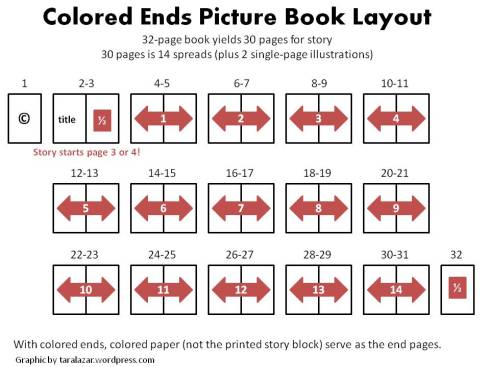
Some picture books have single-page illustrations instead of spreads. One of my favorite devices is when a group of three things are illustrated on one page. But this isn’t done on every page. A debut author’s work might be laid out only in spreads to save on costs (it’s less illustrations to produce), so you may want to think mostly in spreads. As always, publishing is a subjective industry, so this will vary by editor.
You may be asking, why do I need to know this? Won’t the editor and illustrator figure out the page breaks? Sure, they will. Some may not even ask for your page-break input. However, you can write a more appealing picture book if you understand the format for which you’re writing. Knowing the page turns will improve your story’s pacing. You’ll realize which scenes may have too much text. You can make page turns surprising and fun.
So give it a try. Take your current PB and plug it into the format. Does it fit?
I just took a random sampling of 7 picture books from my collection. Interestingly, none had self-ended construction. They all had colored ends. Here’s how they broke down:

I don’t think I’ll ever look at a picture book the same way again. My kids are going to be frustrated if I count spreads while I read to them!
It’s interesting to note that Cowboy Camp and Spaghetti Eddie are both by debut authors. Cowboy Camp is illustrated in spreads, whereas Spaghetti Eddie is told with mostly single-page illustrations. This “illustrates” that publisher preferences vary (as do manuscripts)!
Keep in mind that when you submit your manuscript, you should do so in the standard format, unless the submission guidelines specifically request that you mark page breaks.
Some editors will never ask you for page breaks, some will insist upon them. Remember that this is a subjective industry where there are many rules to follow but many places to break them, too.

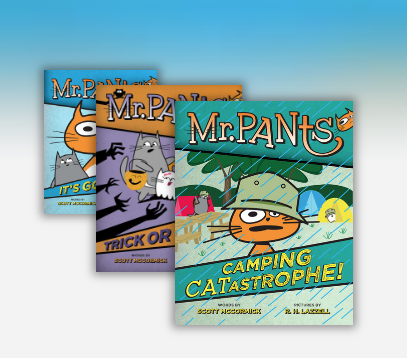 Mr. Pants Series by
Mr. Pants Series by  In
In 
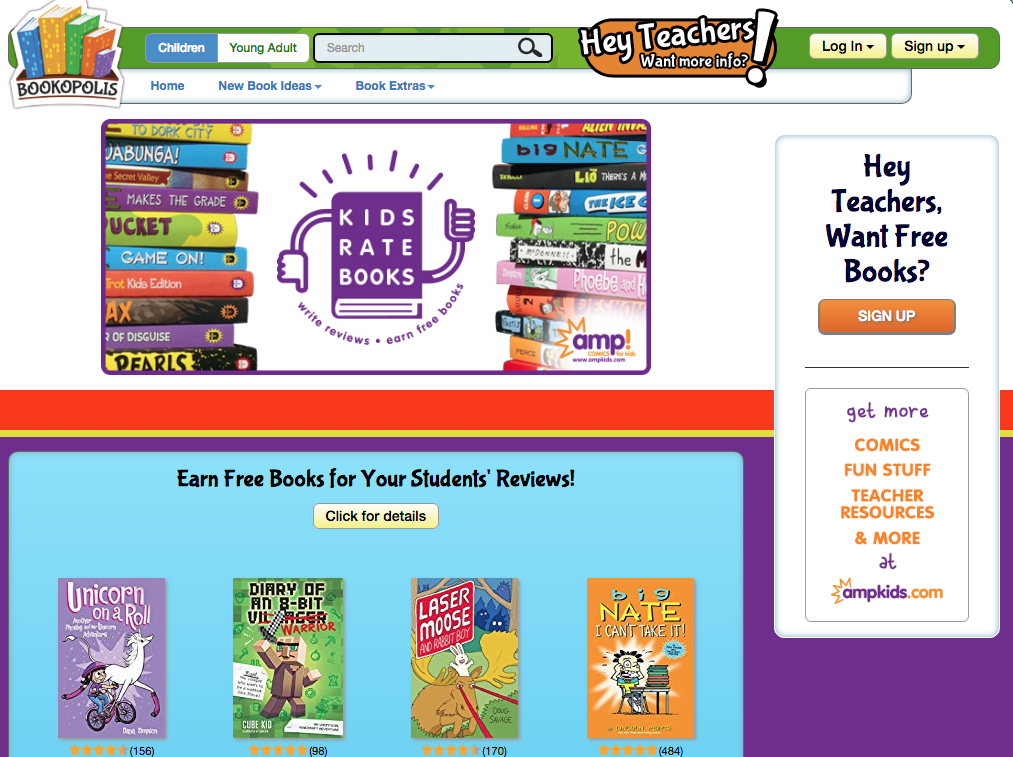
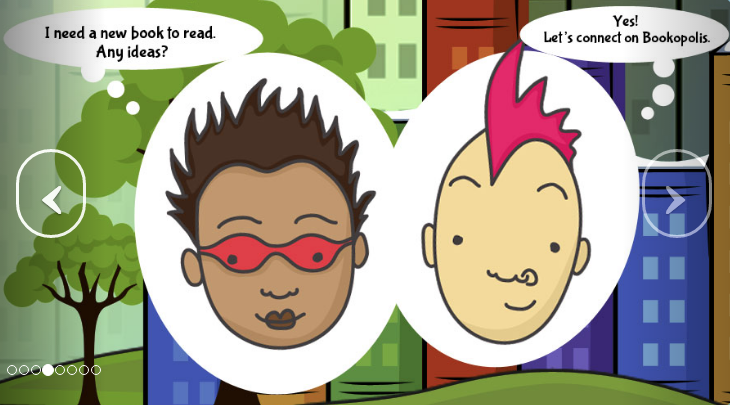



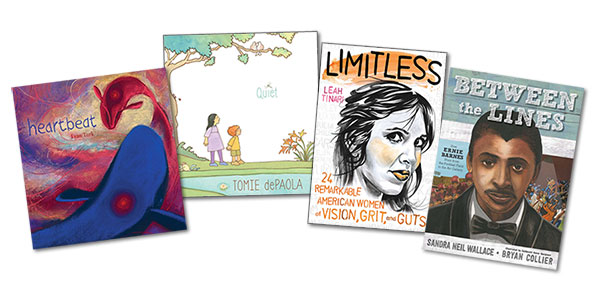
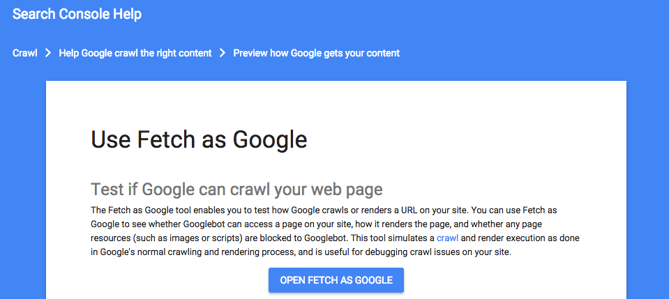
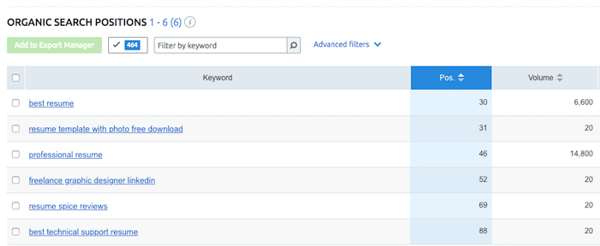
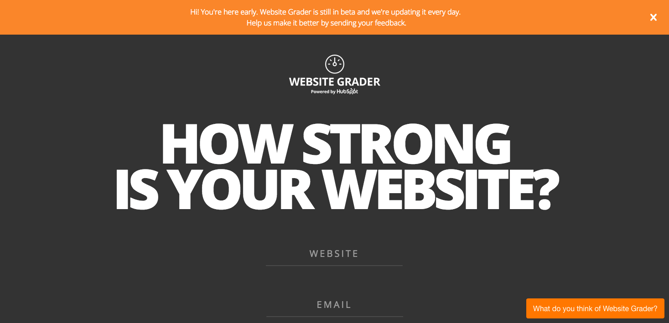
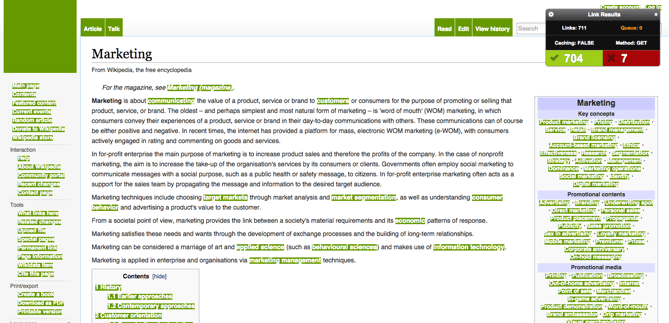
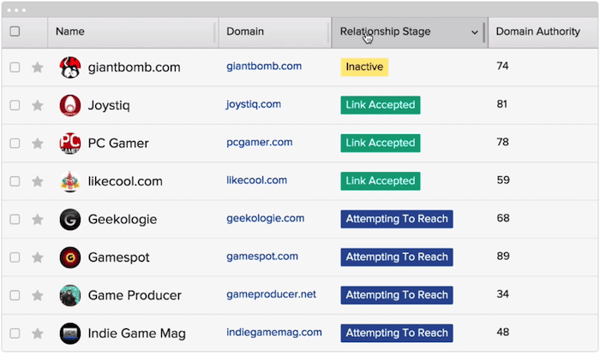 Image via
Image via 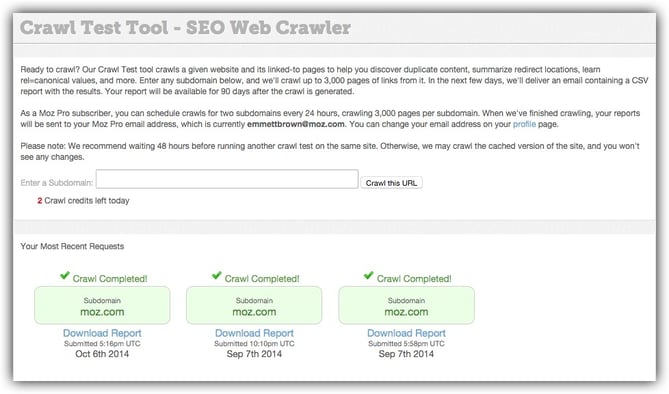 Image via
Image via 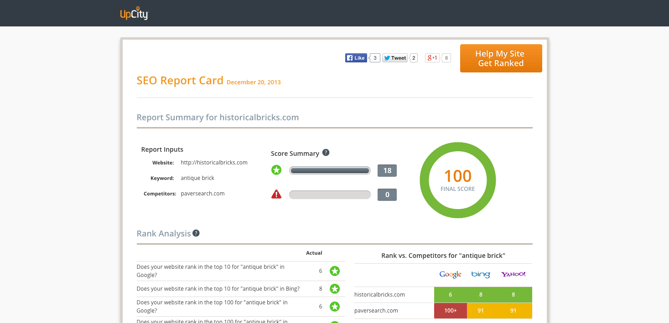
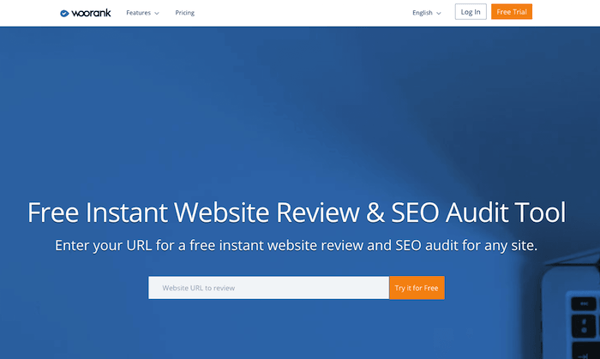
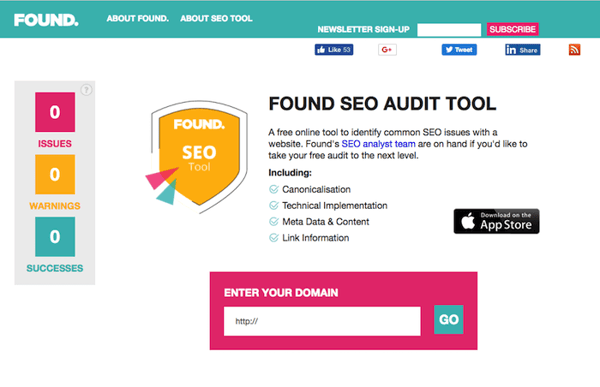
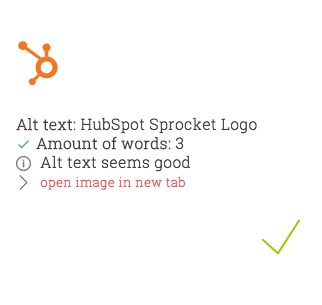


 Just a few days after the 55th Bologna Children's Book Fair - a particularly successful edition, confirming its leading role among international children's publishing events - BolognaFiere is once more in the limelight with a new important partnership in the United States.
Just a few days after the 55th Bologna Children's Book Fair - a particularly successful edition, confirming its leading role among international children's publishing events - BolognaFiere is once more in the limelight with a new important partnership in the United States.